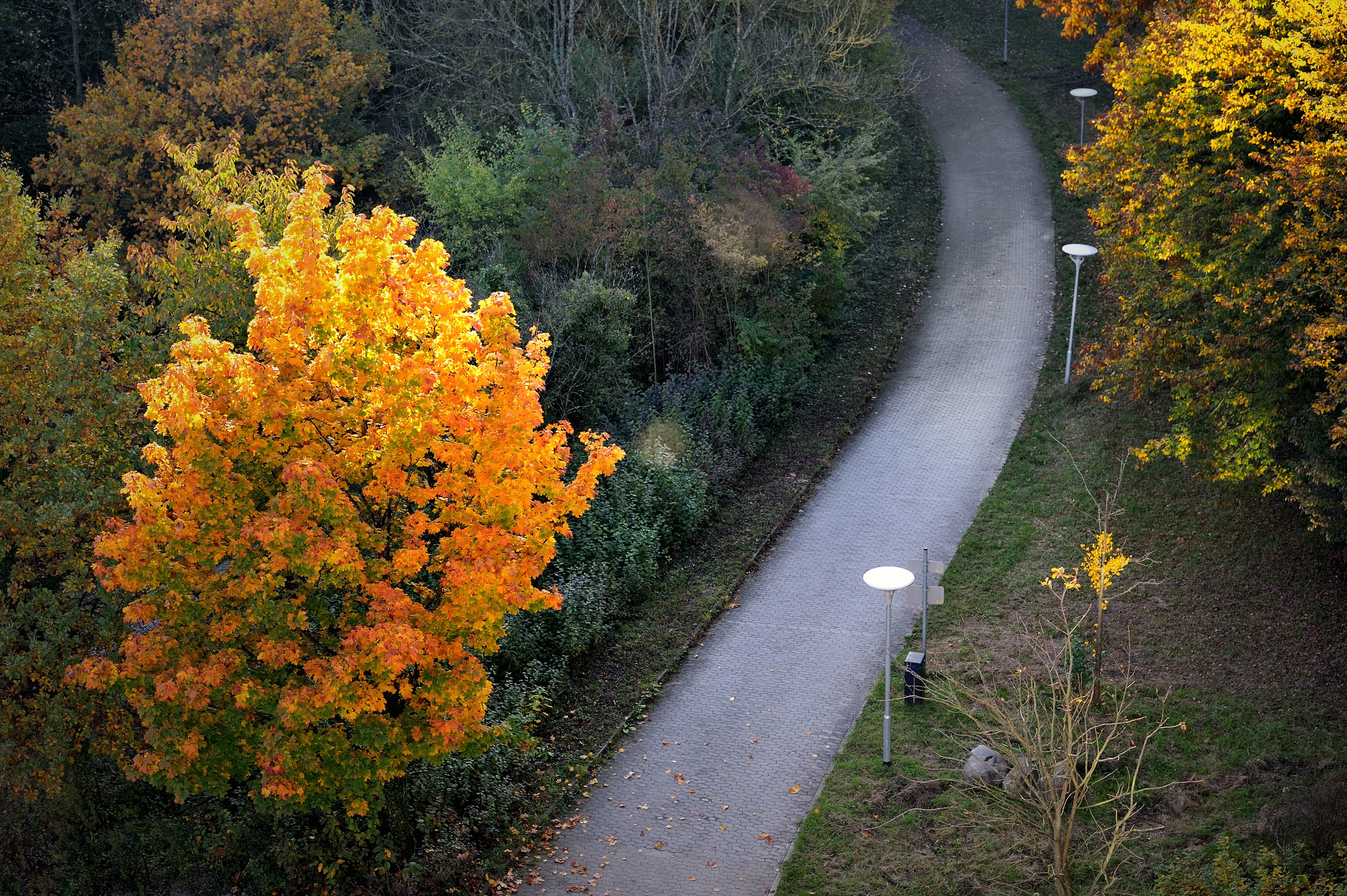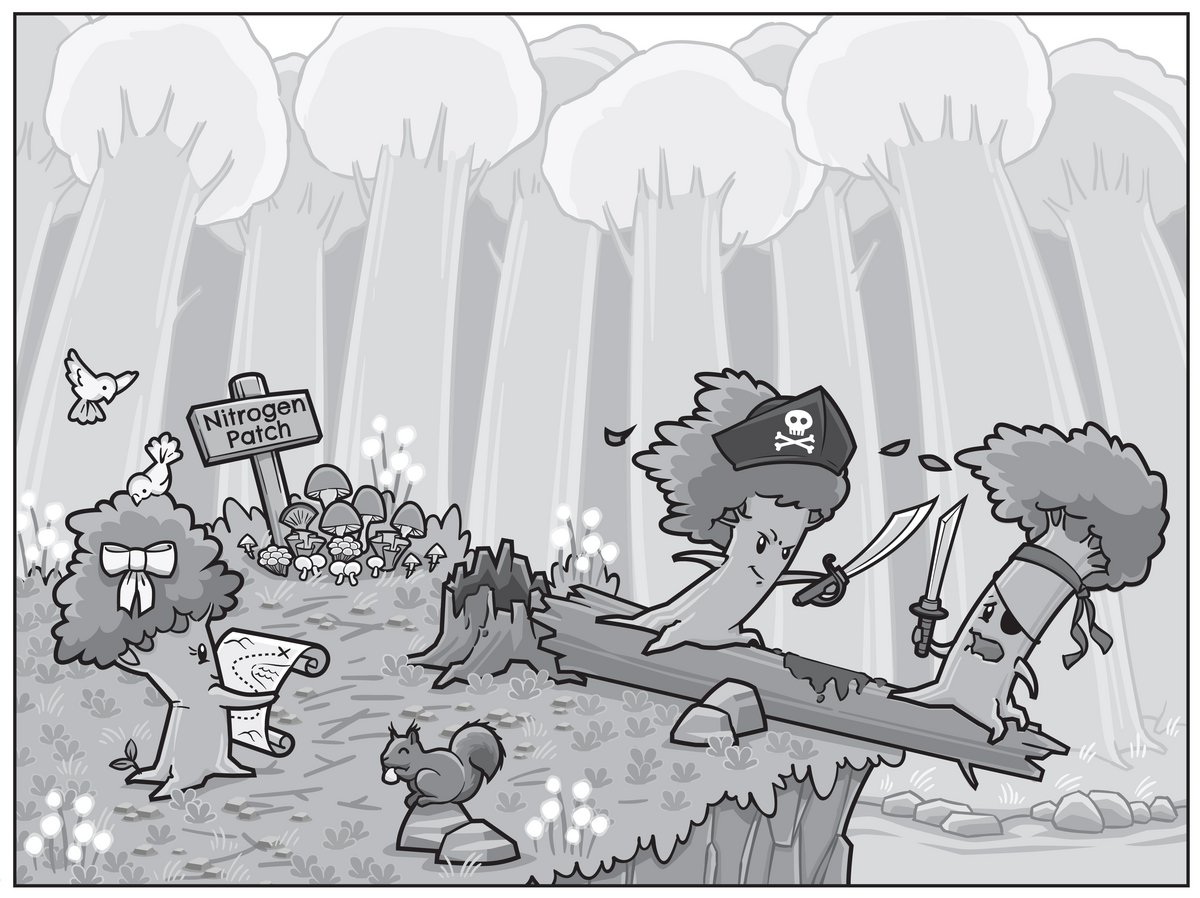
Visualising belowground competition between trees
Heisenberg fellow Dr Judy Simon from the University of Konstanz receives funding from the Volkswagen Foundation for the development of a system to visualise the competition for nitrogen between trees
Nitrogen acquisition from the soil plays a crucial role for plant growth. Especially in resource-poor habitats plants compete for the available nitrogen. The involved processes are difficult to observe in living plants, because soil is opaque and conventional methods usually destroy the highly dynamic activities in the rhizosphere – the thin layer of soil surrounding the roots.
Biologist Dr Judy Simon, Heisenberg fellow and Privatdozent (lecturer) at the University of Konstanz, was granted 108,000 euros from the Volkswagen Foundation's funding initiative "Experiment!" for the next one-and-a-half years. Her project "New transparent soil microcosms for live assessment of competition for nitrogen in the rhizosphere" aims at developing a system to visualise processes in the rhizosphere in 3D.
The results of her research could contribute in the long run to a sustainable forest management. For example, a better understanding of the competition for nitrogen between trees could contribute to a more efficient use of fertiliser in forestry plantations.
The funding initiative "Experiment!" supports researchers in science and engineering as well as in the life sciences who want to put a "potentially transformative and risky research idea to the test", the Volkswagen Foundation says. Judy Simon will adapt the system that visualises the belowground processes using “transparent soil” for her research on competition for nitrogen between trees. This new method allows her to observe the interactions between roots in the rhizosphere in 3D and to investigate how trees communicate to use soil nitrogen efficiently and the potential shift depending on the environmental conditions.
The transparent substrate in which the plants grow was first developed for crops by Dr Lionel Dupuy and his team at the James Hutton Institute in Scotland. The substrate is not soil but rather a transparent soil-like solid matrix that also contains pores. This matrix enables the observation of the interactions between the roots.
Adapting the system for use with trees, Judy Simon will also use 3D imaging using confocal microscopy, a light microscopy technique, and fluorescent markers. When it comes to microscopy, the biologist thinks at a larger scale. In the long run, experiments should include plants larger than only a few centimeters. Judy Simon: "The taller a plant, the more developed is the root system, and the more exciting the interactions between different individuals. In the long run, we aim to develop a system to also visualise these processes in larger plants".
Facts:
- The project "New transparent soil microcosms for live assessment of competition for nitrogen in the rhizosphere" receives funding through the "Experiment!" initiative run by the Volkswagen Foundation
- The applicant is biologist Dr Judy Simon, Heisenberg fellow and Privatdozent (lecturer) at the University of Konstanz
- Collaboration partner: Dr Lionel Dupuy, James Hutton Institute (Scotland)
- Funding sum: 108,000 euros
- Funding period: From 01 April 2018 to 30 September 2019
- "Experiment!" is for researchers in science and engineering as well as in the life sciences who want to put a potentially transformative and risky research idea to the test.
Comic
Copyright: Sabine Deviche, Deviche Designs

